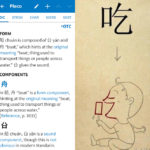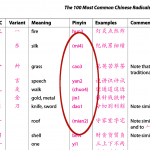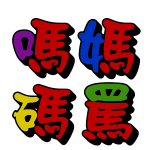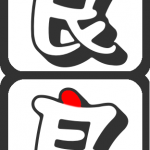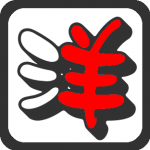Articles tagged with ‘Phonetic Components’
-
Outlier Chinese Character Masterclass review: Understand more, learn faster, remember longer
Mastering Chinese characters, whether you find them enchantingly beautiful or overwhelmingly complex, is essential for literacy in Chinese. Outlier Linguistics will help you understand how the Chinese writing system works, making it easier to learn!
Read → -
5 levels of understanding Chinese characters: Superficial forms to deep structure
How much do you need to care about the actual composition and meaning of a Chinese character when learning it? In general, better understanding means it’s easier to learn, but is there a limit to how closely you should stick to actual etymology? This article explores the spectrum from using superficial images to real etymology from the perspective of a language learner.
Read → -
Should you learn the pronunciation of radicals?
Learning character components in general is good, but should you learn the pronunciation of radicals? The answer can be both “yes” and “no” depending on what you mean!
Read → -
Learn Chinese character meaning and pronunciation together
A large majority of all Chinese characters look the way they do because of how they are pronounced. You can use this to your benefit if you learn Chinese character meaning and pronunciation together.
Read → -
Phonetic components, part 2: Hacking Chinese characters
This is the second and final article about using phonetic components to hack Chinese characters and make it considerably easier to handle similarly looking characters. This article describes both the principles and gives plenty of examples that might resolve some of your current problems for you.
Read → -
Phonetic components, part 1: The key to 80% of all Chinese characters
At least 80% of all Chinese characters are made up of one semantic component (meaning) and one phonetic component (pronunciation). The sheer number of characters formed this way means that these characters ought to be taught properly, yet I think this topic is largely glossed over. This is the first article of two dealing with phonetic components and how they can help you learn Chinese better.
Read → -
Don’t use mnemonics for everything
Mnemonics are really cool, but you shouldn’t overuse them. Chinese characters are very complex and the amount of information you might want to remember about them is large. Creating mnemonics for everything is very time consuming and difficult. Instead of doing this, create mnemonics only for things you actually find hard to remember.
Read →

